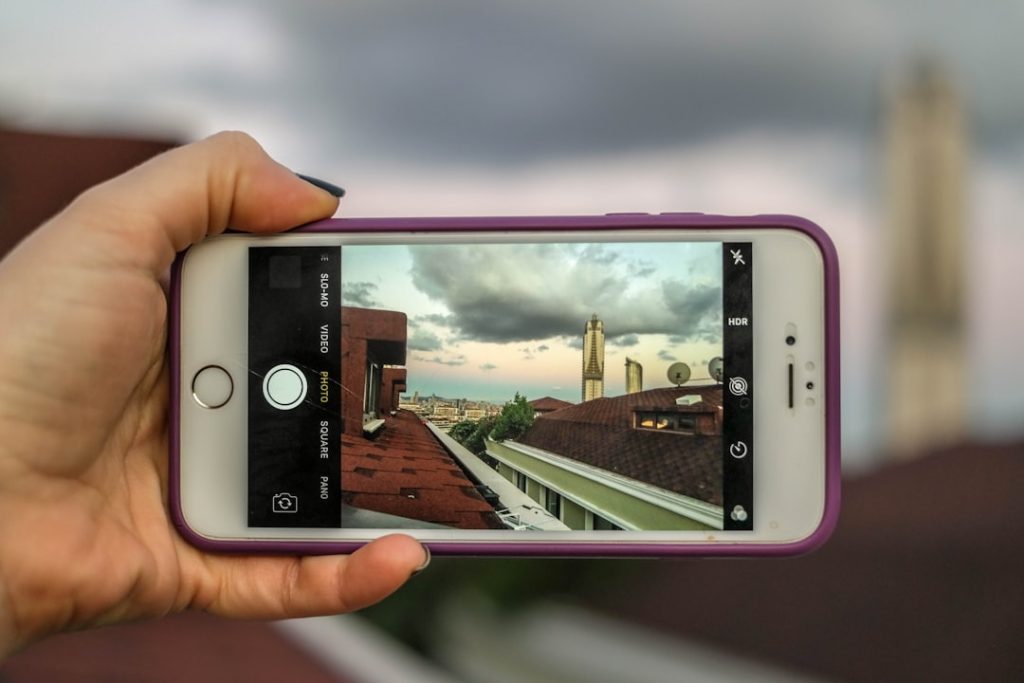When browsing through files transferred from an iPhone to a computer, users might come across a strange file extension: .AAE. These files typically appear alongside photos and can be confusing for those unfamiliar with iOS and macOS file systems. So, what exactly is an AAE file, and should users be concerned about keeping or deleting it?
What Is an AAE File?
An AAE file is a sidecar file created by Apple’s Photos app. It stores information about edits made to a photo within the Photos app on iOS, macOS, or iPadOS. Rather than altering the original image, the application saves changes such as cropping, filtering, brightness adjustments, and other modifications in a separate file with the .AAE extension.
This file format was introduced in iOS 8 and macOS 10.10 Yosemite. Its purpose is to keep the original image intact while storing non-destructive edits separately. That way, users can always revert to the original photo and undo any changes at any time.
Where Are AAE Files Found?
AAE files are created when a user edits a photo using the Photos app on an iPhone, iPad, or Mac. They are stored in the same folder as the original image, typically with the same filename but with a .aae extension. For example, if a photo is named IMG_1025.JPG, the AAE file will be IMG_1025.AAE.
These files usually only become visible when transferring photos from an iPhone or iPad to a Windows PC. Since Windows doesn’t use the AAE format, the operating system doesn’t know how to interpret it, so it simply displays the file alongside the image.
Can You Safely Delete AAE Files?
Yes, AAE files can be safely deleted, but with some caveats. Deleting an AAE file will not remove the actual photo; however, it will result in the loss of any edits made in the Photos app that were saved to that file.
- If the photo has already been exported or shared in its edited form, deleting the AAE won’t affect that exported version.
- If the photo is later opened on an Apple device, and the AAE file is missing, edits that were made will not appear.
- For users who edit photos on their iPhone or iPad and want to keep those edits when transferring files to another Apple device, keeping AAE files is a good idea.
However, on a Windows system where AAE files serve no direct purpose, they’re essentially useless and can be deleted without any real consequence—especially if you’ve already saved the edited photo separately or no longer need the original edit history.
How to Avoid AAE Files During Photo Transfers
To avoid the appearance of confusing AAE files, users can:
- Export photos after editing: When using Apple’s Photos app, export or share the edited photo as a new image file. This will bake in the edits and eliminate the need for a separate AAE file.
- Use AirDrop or Apple services: Sharing edited photos using AirDrop, iCloud Photos, or Messages ensures that the image gets sent with all edits applied, without depending on AAE files.
- Convert AAE edits into new images: Reopen the edited photo on the Apple device, take a screenshot of the edited image, or use a photo editing tool to “save as new copy”.
Conclusion
AAE files are not harmful, and they serve a functional purpose for users within the Apple ecosystem. However, for anyone transferring photos to a non-Apple environment like Windows, they can be confusing and mostly irrelevant. Though harmless, if you no longer need the edited version or have already backed it up, you can delete AAE files safely.
FAQ
-
Q: Can I open AAE files on Windows?
A: Not directly. AAE files are not meant to be opened independently. They are XML files that contain data for Apple’s Photos app to apply edits, and Windows doesn’t have a built-in program to use that data. -
Q: Do AAE files contain viruses or malware?
A: No. AAE files are simple XML files created by Apple and are completely safe. They pose no threat to your system. -
Q: Will deleting AAE files delete my photos?
A: No. Deleting AAE files will not remove your actual photos, only the edit information will be lost. -
Q: How do I keep my photo edits without using AAE files?
A: Export or share the edited image to save a new version with edits applied. That way, you no longer rely on the AAE file to retain your changes. -
Q: Can I recover lost edits if I delete an AAE file?
A: No. Once the AAE file is deleted, the edit instructions are no longer available, unless you back up the photo or the AAE file beforehand.
